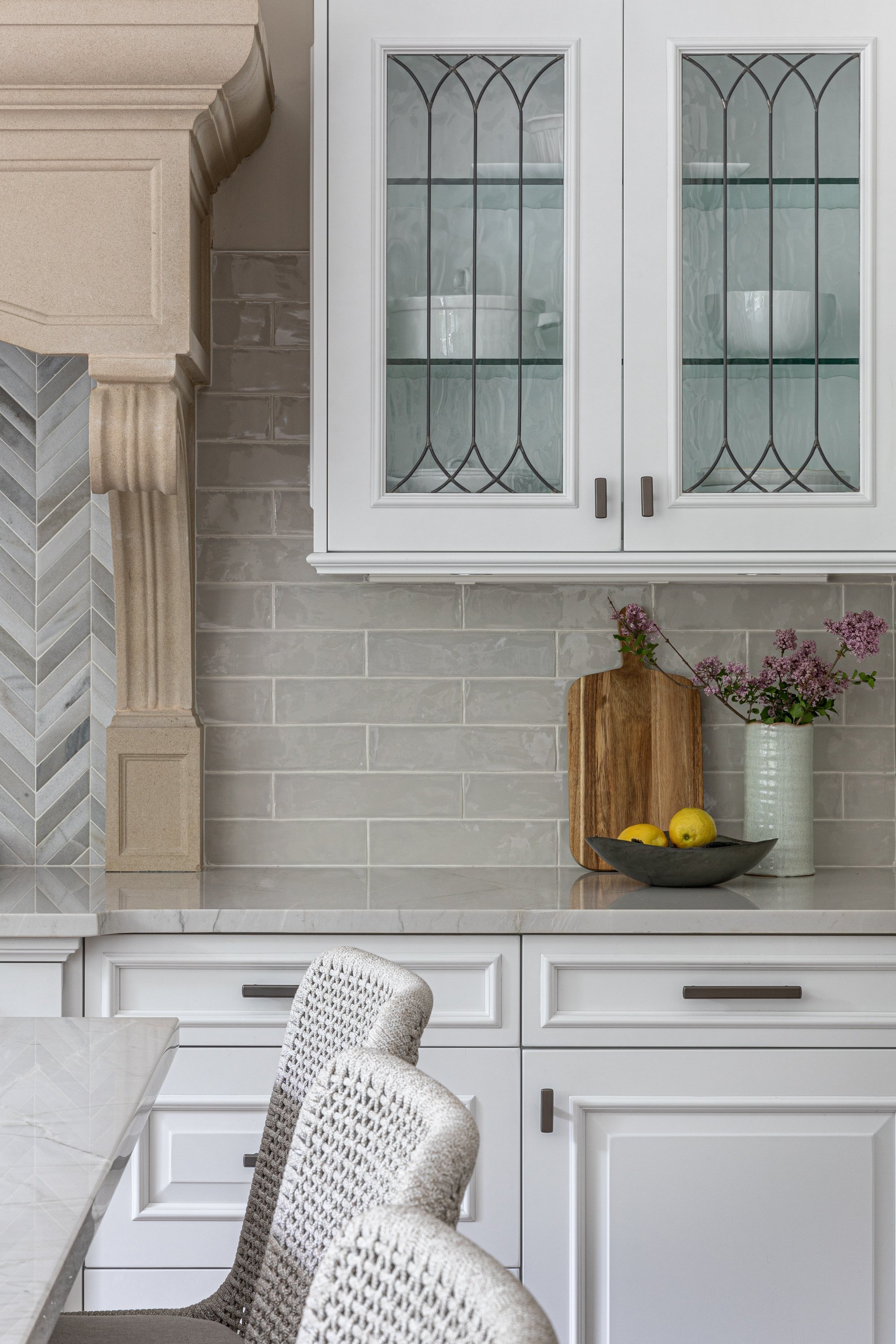CABINET STYLES 101
The type of cabinetry you use in your home can have a big impact on your home’s overall aesthetic. Choosing the right style of cabinetry can feel daunting since there are so many options to consider - from how they’re constructed to door styles, stains and colors.
Ultimately, selecting the best cabinetry for your home will come down to these main factors: style and budget.
Today we’re helping you break down one of the most essential decisions when it comes to selecting cabinetry for your home. Many consumers don’t even realize they have a choice when it comes to how their cabinets are constructed. Or maybe you’ve heard the terms we’re about to go over but never quite understood what each meant or how these styles actually look in real life.
Read on to learn all about the 3 main styles of cabinetry, plus the benefits and down side to each!
FULL OVERLAY
Cabinet doors and drawers rest on the outside of the cabinet box, completely covering the cabinet face.
PARTIAL OVERLAY
Cabinet doors and drawers rest on the outside of the cabinet box, covering just the opening with a little (partial) overhang and leaving some of the cabinet face exposed.
FLUSH INSET
Cabinet doors and drawers fit inside the cabinet frame. Cabinet frame is exposed, and doors sit flush with the frame.
FULL OVERLAY
PROS
Construction method allows you to maximize space. Because doors and drawers sit on the outside of the frame, more room is left inside to store items.
Can be custom built or purchased in standard sizes
This style of cabinetry requires less skill to build and is therefore less expensive
These doors and drawers work on both framed and frameless cabinets
CONS
With the corners of the doors and drawers exposed, they can be more easily chipped and show wear over time
Hardware is required, as there’s no place to slide your fingers in between the doors
PARTIAL OVERLAY
PROS
Of the three options, this is the most affordable
No hardware is needed because there is enough space between each door and drawer
CONS
Typically purchased in standard sizes from big box stores which offer little to no customization options
Despite being a very popular choice in most American homes (mainly due to affordability) this style is more dated and the most generic looking
Flush INSET
PROS
Offers a more clean, refined look that feels unique to your space since the fittings are so precise
Inset construction prevents doors from being nicked or damaged
Timeless and historic charm
Because they require more skill to install, inset cabinets are usually overall more well made
CONS
Humidity and house shifting can cause doors and drawers to become misaligned. Some level of adjustment will be needed to keep them opening seamlessly.
On average, inset cabinets can cost between 15-30% more than overlay cabinets
What Would N+B Choose?
When it comes to cabinetry, we have a soft spot in our hearts for the timeless charm and quality offered from flush inset construction. Cabinetry is one of the largest investments you will make in your home and we firmly believe that spending the extra dollar in this department will not only elevate your space, but hopefully save you from a costly renovation down the road.
You’ll see from our portfolio of work that we’ve used a combination of all 3 styles in our projects. The cabinets we design depend largely on each client’s unique needs, style preferences and of course the project budget.
We hope this article better arms you with the knowledge you need to make informed decisions on your cabinetry project!















